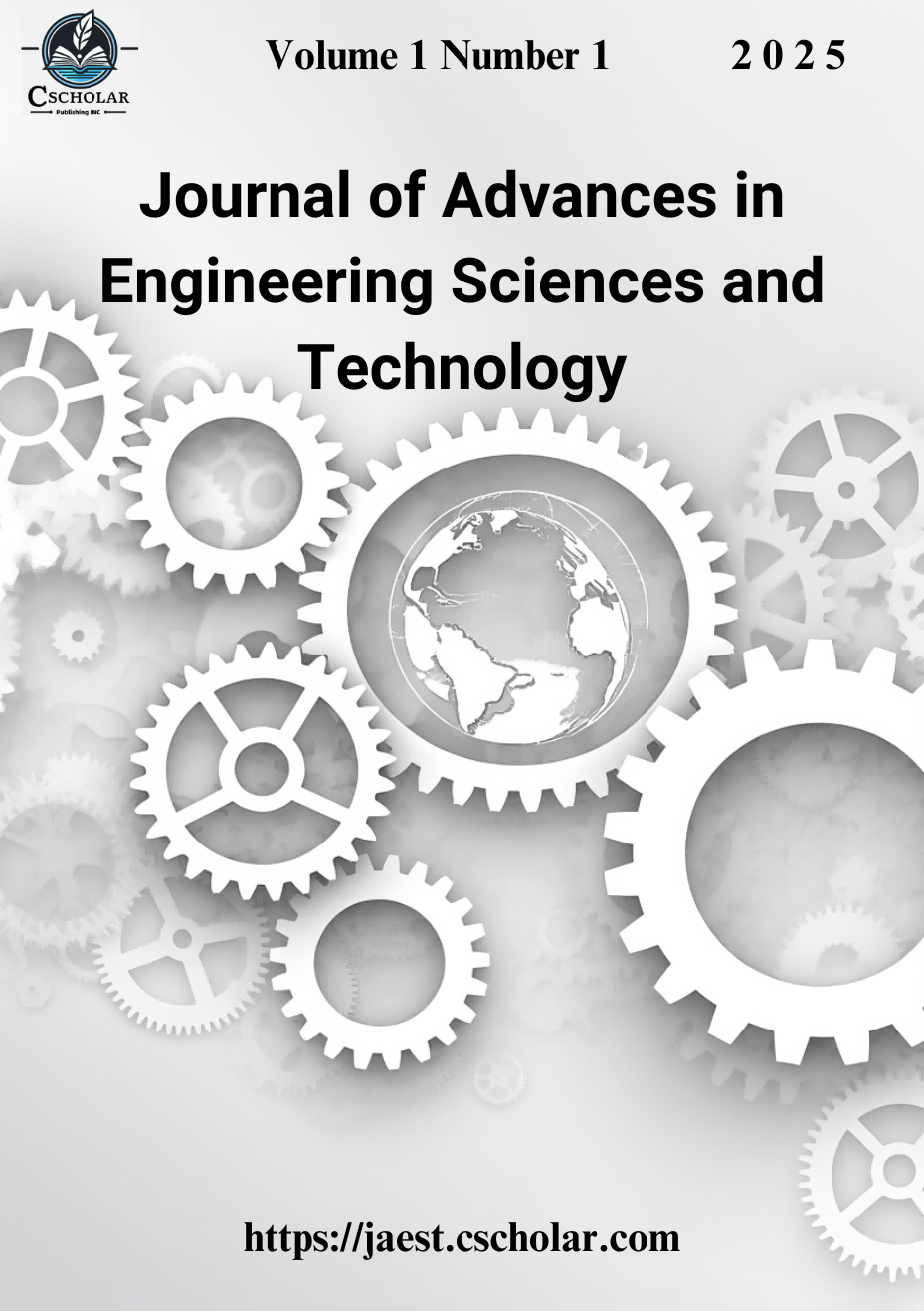Research on Branch Traffic Flow Inversion and Monitoring Based on Main Road Data
DOI:
https://doi.org/10.71204/79qdc290Keywords:
Y-Shaped Road Structure, Branch Traffic Flow, Sequential Least Squares ProgrammingAbstract
Accurate deduction of the historical trend of road branch traffic flow can provide data and method support for road resource planning and other issues. This paper proposes a branch traffic flow inversion and monitoring method based on main road data. Firstly, this study focuses on the typical Y-shaped road structure, and analyzes the single-peak variation characteristics of the traffic flow of branch 1 rising linearly with time and branch 2 rising first and then falling. The linear function and piecewise linear function are used to construct the sum relationship model of the traffic flow of the two branches and the main road. Then, the nonlinear least squares fitting is implemented by introducing the sequential least squares programming (SLSQP) algorithm, and reasonable boundary conditions and trend constraints are set. Finally, experimental verification shows that this method achieves extremely high fitting accuracy, clearly restores the trend of branch flow, and effectively verifies the scientificity and engineering practicability of the research method.
References
Airaldi, F., De Schutter, B., & Dabiri, A. (2025). Reinforcement learning with model predictive control for highway ramp metering. IEEE Transactions on Intelligent Transportation Systems, 26(5), 5988-6004.
Chen, P., Li, F., Wei, D., et al. (2024). Spatiotemporal traffic data completion with truncated minimax-concave penalty. Transportation Research Part C: Emerging Technologies, 164, 104657.
Iyer, L. S. (2021). AI enabled applications towards intelligent transportation. Transportation Engineering, 5, 100083.
Jabbar, R., Dhib, E., Said, A. B., et al. (2022). Blockchain technology for intelligent transportation systems: A systematic literature review. IEEE Access, 10, 20995-21031.
Jiang, P., Fan, Z., Pan, M., et al. (2022). Research of traffic flow saturation on waters of the coastal ship routing system. Ocean Engineering, 263, 112417.
Jiang, Y., Ren, T., Ma, Y., et al. (2023). Traffic safety evaluation of mixed traffic flow considering the maximum platoon size of connected automated vehicles. Physica A: Statistical Mechanics and its Applications, 612, 128452.
Lu, J., Li, C., Wu, X. B., et al. (2023). Physics-informed neural networks for integrated traffic state and queue profile estimation: A differentiable programming approach on layered computational graphs. Transportation Research Part C: Emerging Technologies, 153, 104224.
Mostafi, S., Alghamdi, T., & Elgazzar, K. (2021). A Bayesian linear regression approach to predict traffic congestion. In 2021 IEEE 7th World Forum on Internet of Things (WF-IoT) (pp. 716-722). IEEE.
Njoku, J. N., Nwakanma, C. I., Amaizu, G. C., et al. (2023). Prospects and challenges of Metaverse application in data‐driven intelligent transportation systems. IET Intelligent Transport Systems, 17(1), 1-21.
Organizing Committee of May Day Mathematical Modeling Competition. (2025). Dataset for 2025-51MCM-Problem A. https://51mcm.cumt.edu.cn/63/bc/c14143a680892/page.htm
Shan, Y., Xie, X., Sun, J., et al. (2024). Resilient design of networked security control for active suspension systems via an augmented switching-type approach. IEEE/ASME Transactions on Mechatronics. (In press)
Wenjuan, X., & Jianfeng, L. (2022). Research on traffic flow forecasting method based on graph neural network. In 2022 IEEE 2nd International Conference on Software Engineering and Artificial Intelligence (SEAI) (pp. 243-247). IEEE.
Yu, S., Zhao, C., Song, L., et al. (2023). Understanding traffic bottlenecks of long freeway tunnels based on a novel location-dependent lighting-related car-following model. Tunnelling and Underground Space Technology, 136, 105098.
Yuan, H., & Li, G. (2021). A survey of traffic prediction: From spatio-temporal data to intelligent transportation. Data Science and Engineering, 6(1), 63-85.
Zhang, C., James, J. Q., & Liu, Y. (2019). Spatial-temporal graph attention networks: A deep learning approach for traffic forecasting. IEEE Access, 7, 166246-166256.
Zhao, Z., Wang, Z., Wu, G., et al. (2019). The state-of-the-art of coordinated ramp control with mixed traffic conditions. In 2019 IEEE Intelligent Transportation Systems Conference (ITSC) (pp. 1741-1748). IEEE.
Downloads
Published
Issue
Section
License
Copyright (c) 2025 Shuneng Lin (Author)

This work is licensed under a Creative Commons Attribution 4.0 International License.
All articles published in this journal are licensed under the Creative Commons Attribution 4.0 International License (CC BY 4.0). This license permits unrestricted use, distribution, and reproduction in any medium, provided the original author(s) and source are properly credited. Authors retain copyright of their work, and readers are free to copy, share, adapt, and build upon the material for any purpose, including commercial use, as long as appropriate attribution is given.





